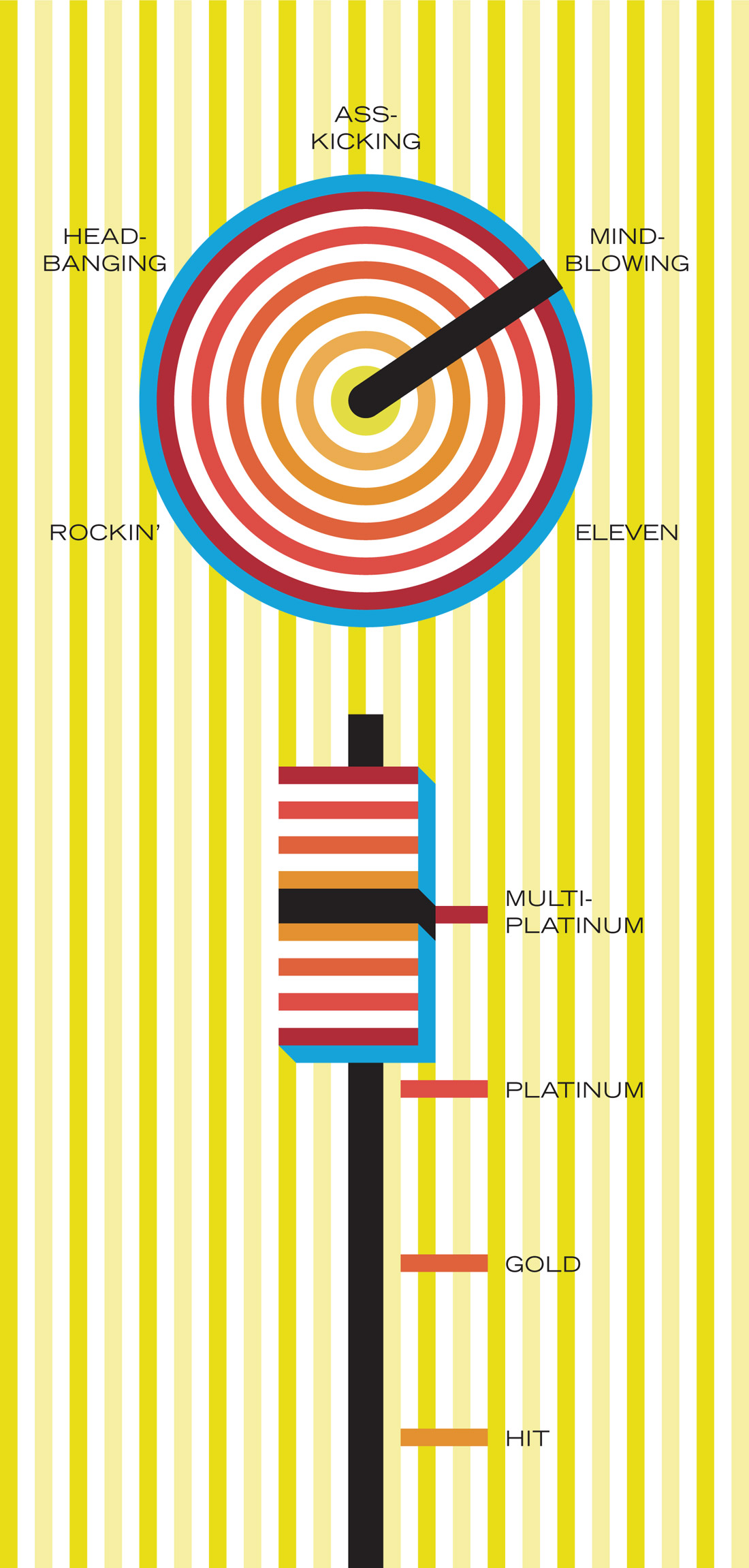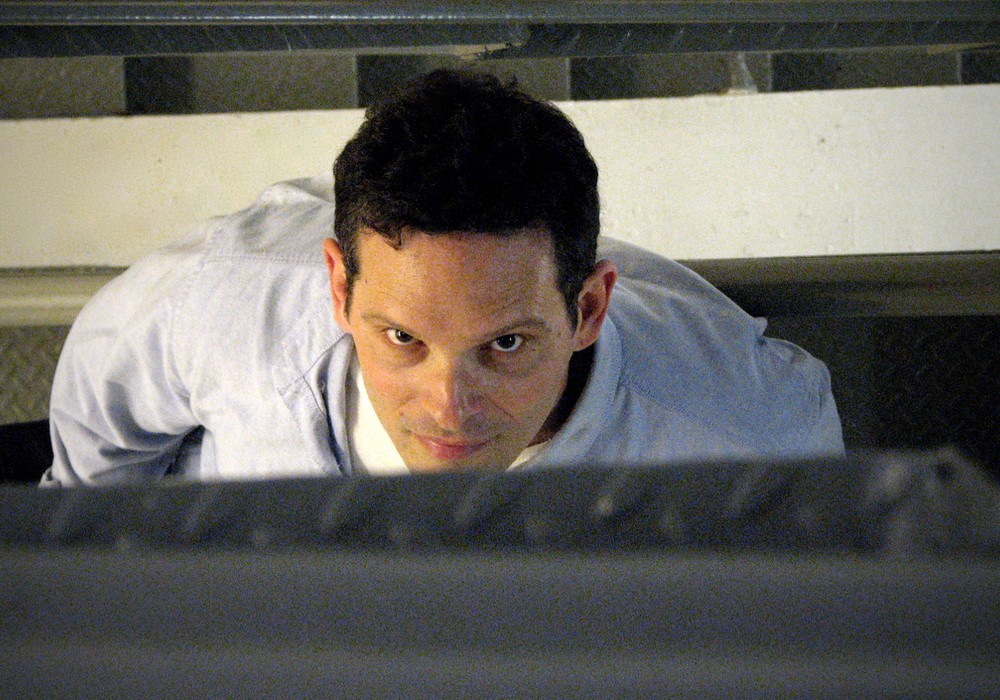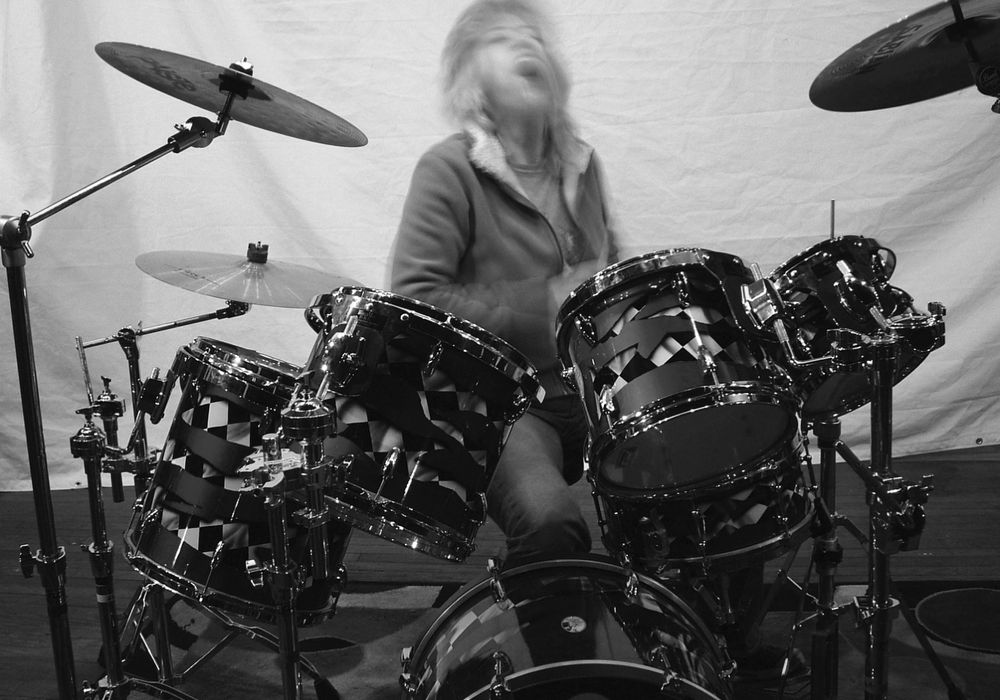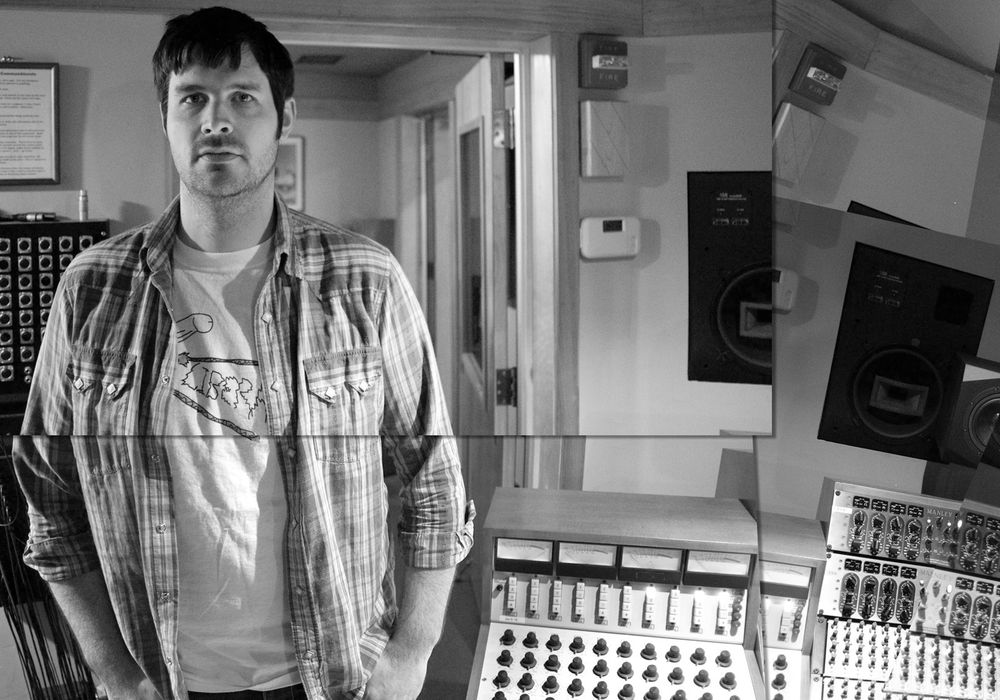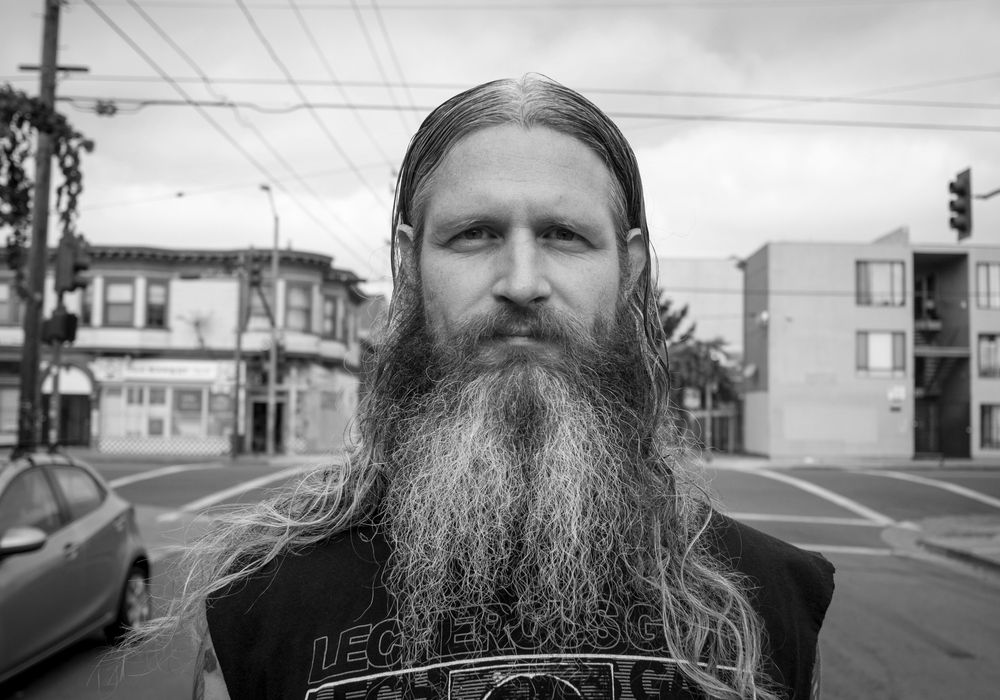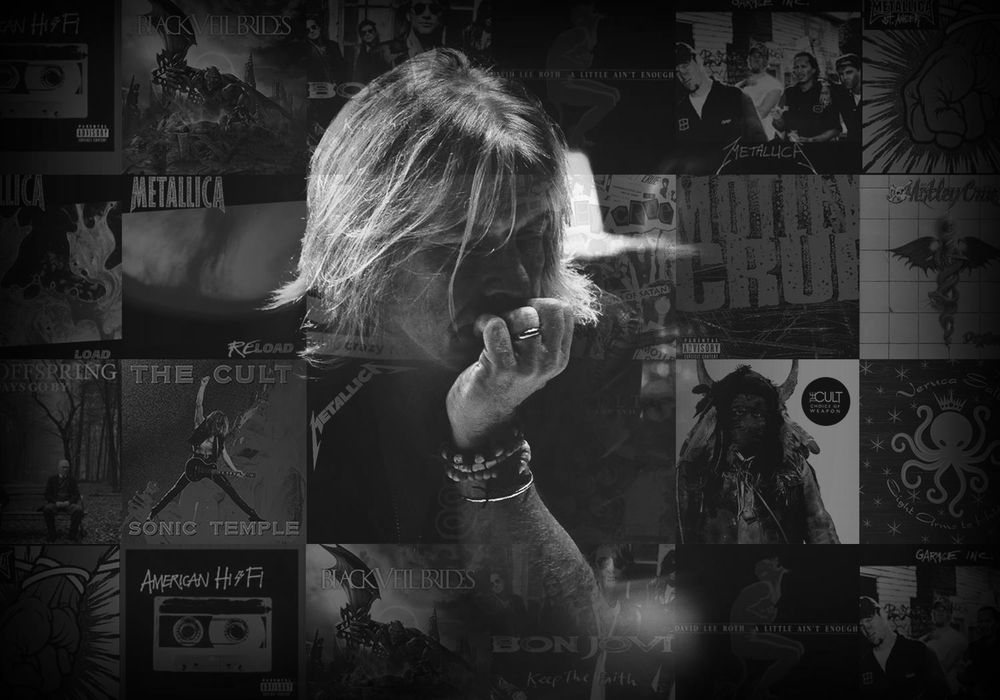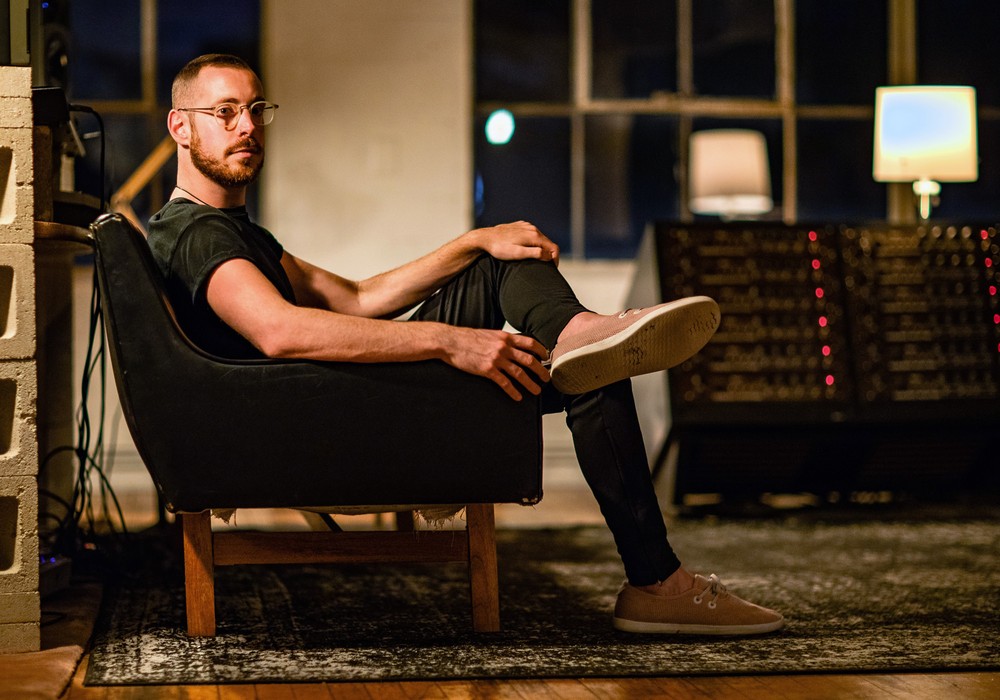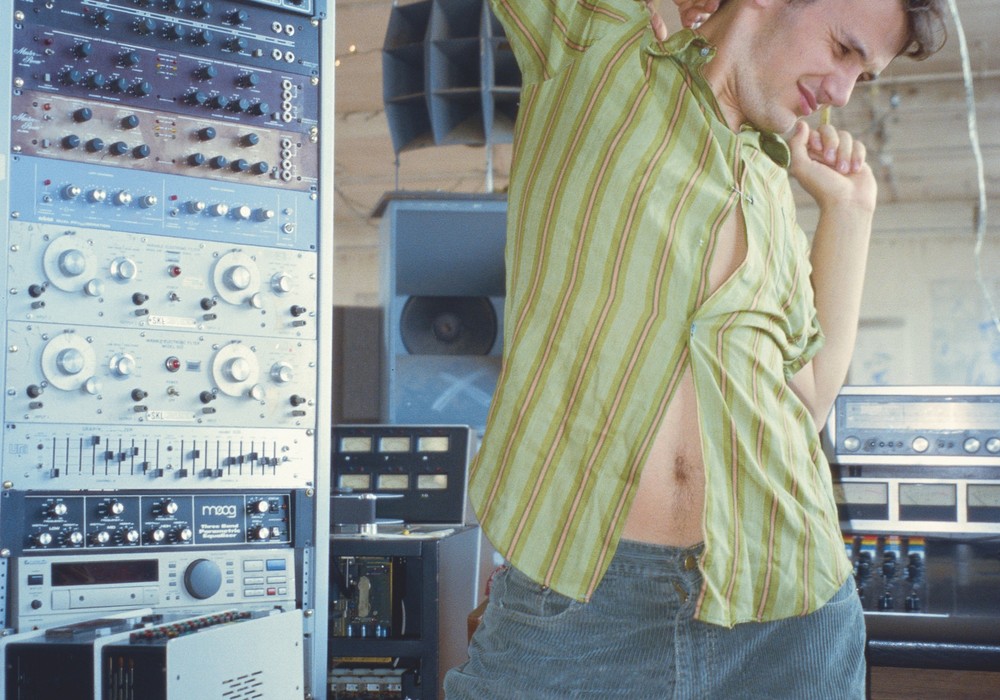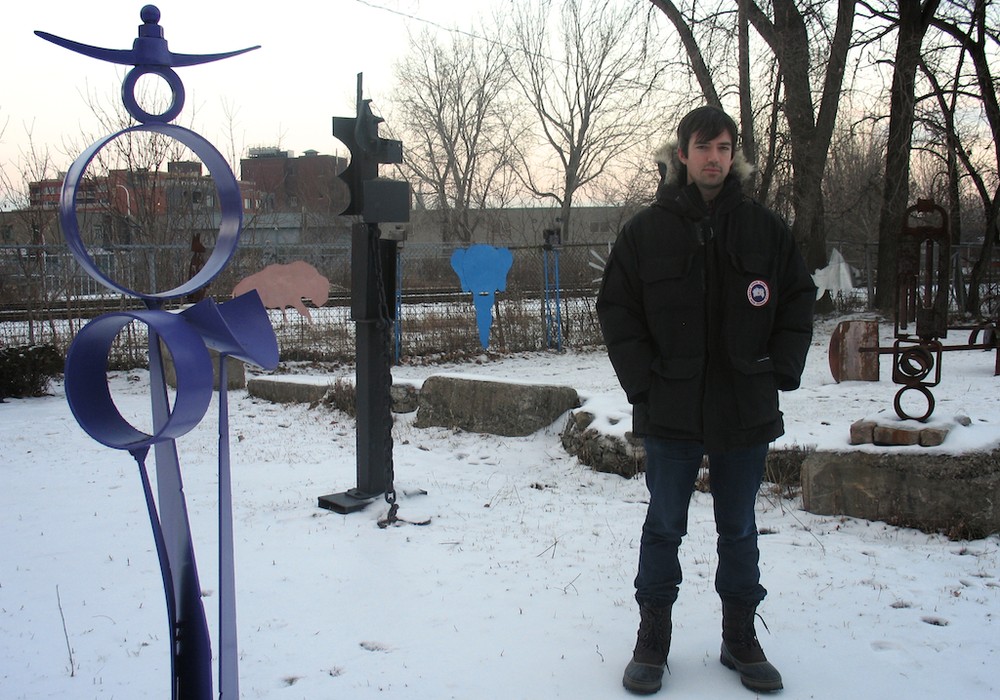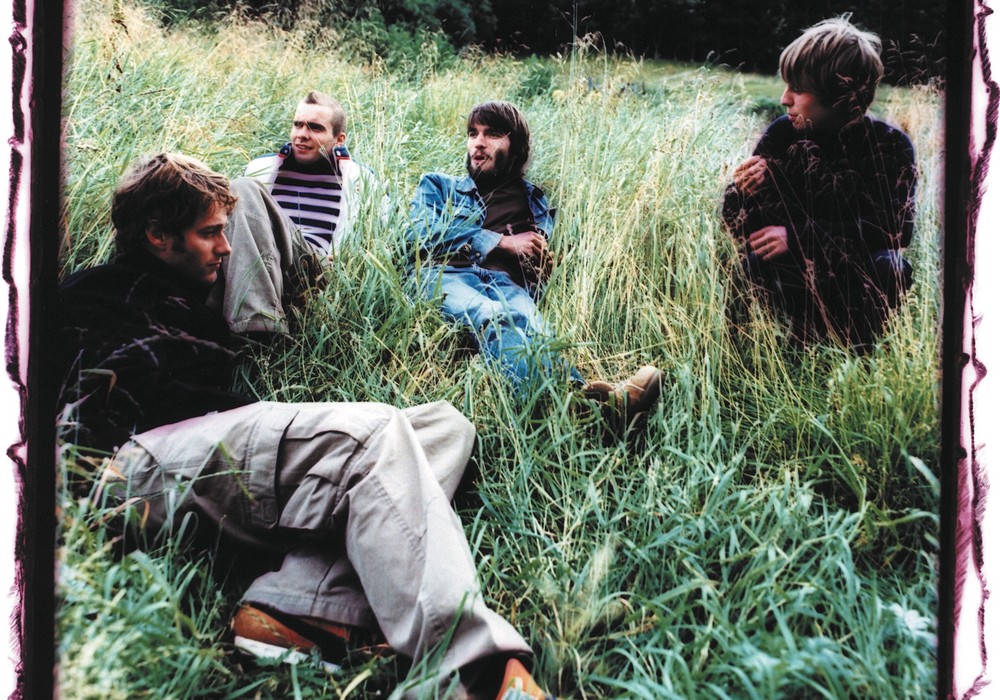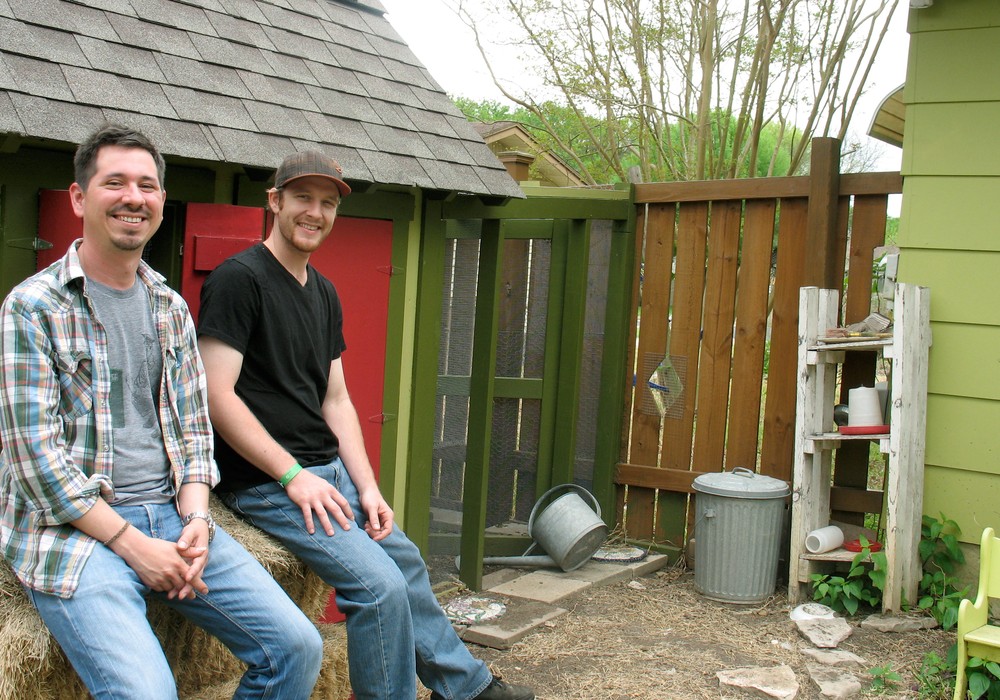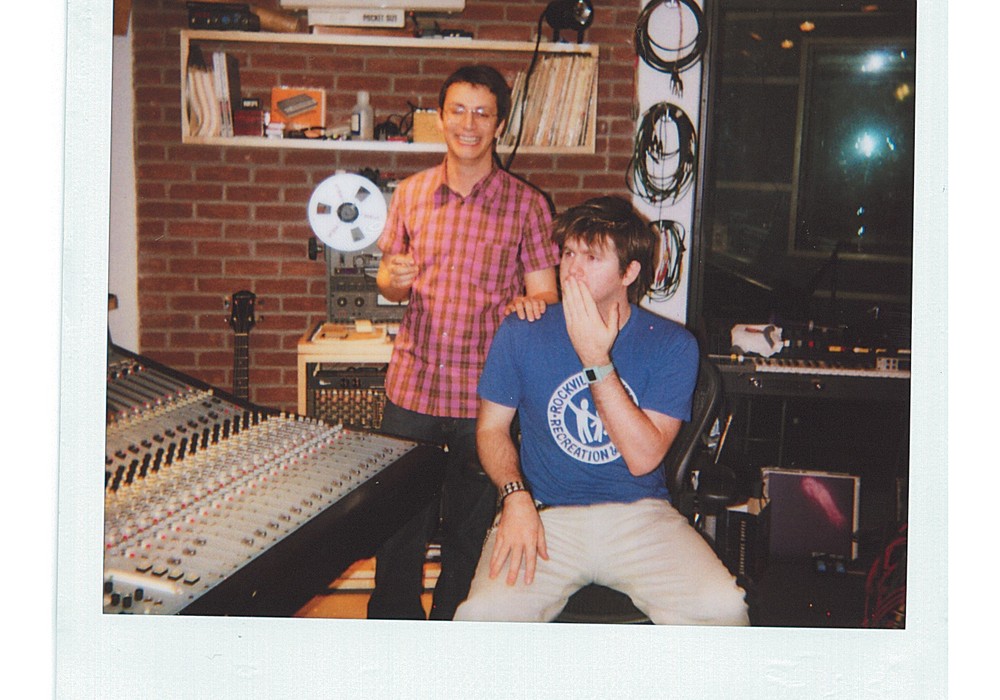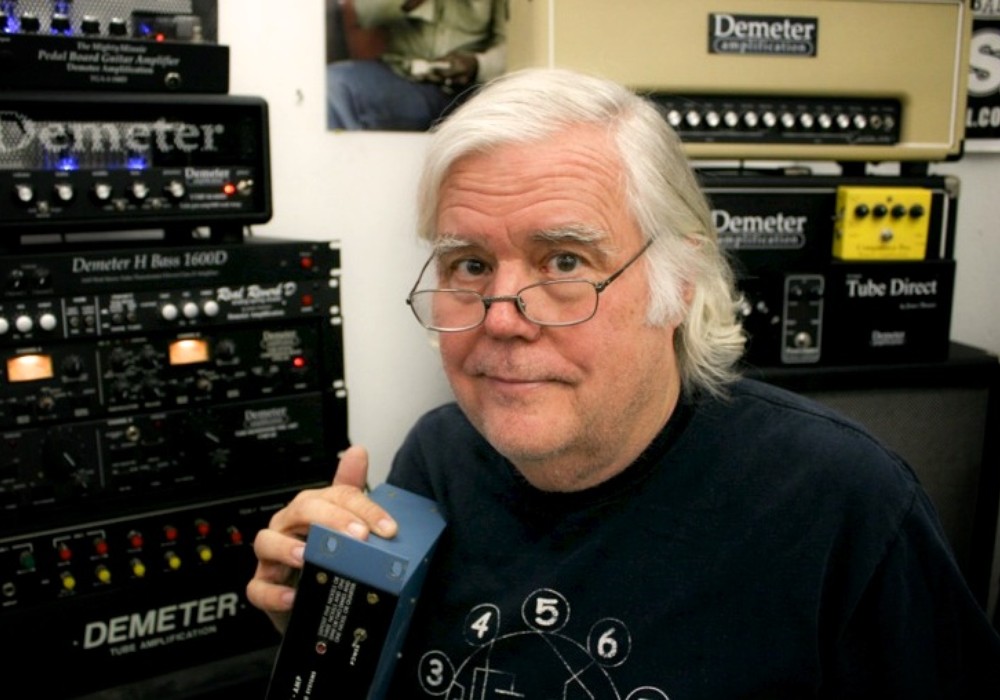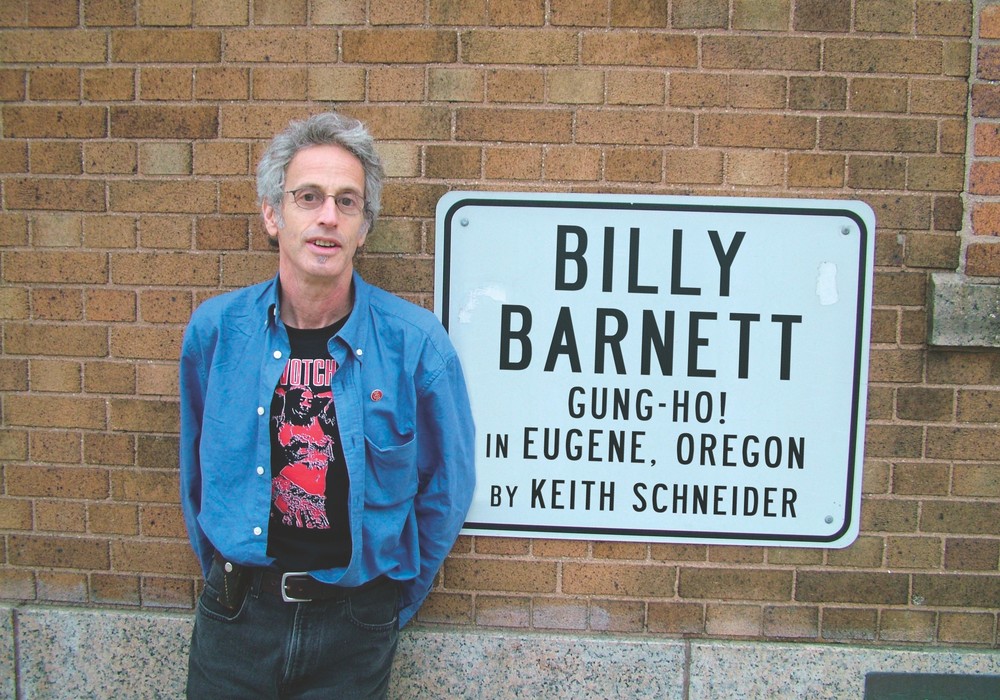There used to be a television show called What's My Line, wherein panelists interviewed a contestant and had to guess his or her occupation. Michael Beinhorn would have been an ideal contestant. The producer behind some of rock music's heaviest artists could easily pass as a college literature professor or a reclusive novelist. From his early days as keyboardist and co-founder of the seminal New York band Material, and his work with Bill Laswell on Herbie Hancock's groundbreaking Future Shock album, Beinhorn has gone on to produce career-breakthrough recordings for artists like Soundgarden (their acclaimed "Black Hole Sun"), Korn, Red Hot Chili Peppers, Marilyn Manson, Fuel (their Beinhorn-produced Natural Selection garnered him a 2004 Grammy nomination), Ozzy Osbourne and Hole. In an age when dynamics and sonic quality have become almost an afterthought in rock music, Beinhorn's recordings exude a tonal and dynamic range that sets them apart from most of today's formulaic rock productions. It's no coincidence that several artists can look back at Beinhorn-produced albums as turning points in their musical careers. I caught up with Beinhorn at a studio in Southern California, where he was putting the finishing touches on Hole's Nobody's Daughter.
Let's talk about your early days as a musician.
I bought my first synth when I was about 14 — a Micromoog. It was one of the first "affordable" synths. This was around 1974, and people still had this image of synthesizers as big machines with lots of patch cords.
So this was pre-MIDI, obviously.
It was pre-MIDI, and before samplers and drum machines, except maybe those old Korg rhythm boxes. I was never much of a technician as a keyboardist — my interest was more in programming, creating cool sounds and textures. Of course, it was kind of limited in those days, because you needed a lot of money to get a synth with more than one oscillator. The Micromoog has this square wave function to alter the waveform, and I'd play with that and the LFO. I used to go into Sam Ash and play with the ARP 2600 until they'd kick me out. It was amazing how tolerant they were, to let this kid just come in and play with this expensive synth for hours.
You grew up in New York?
Yeah, I grew up in Forest Hills [a section of Queens]. Everyone in my high school was into prog rock, myself included. A friend of mine, Fred Maher, was a drummer who later went on to become a pretty successful producer himself — he worked with Lou Reed, Matthew Sweet, Lloyd Cole and bunch of other folks. Around 1978 we met Bill Laswell, who was rehearsing out of a space in Manhattan owned by this guy named Giorgio Gomelsky [issue #62]. Giorgio was something of a musical impresario at the time — he had produced the Yardbirds, moved to New York and put together this space called the Zu Club, where they were showcasing prog bands like Gong and Henry Cow. Fred, Bill, myself, [guitarist] Cliff Cultreri and another keyboard player formed a band and started rehearsing in the Zu Club's basement. We did our first few gigs as The Zu Band. Then around '79 we hooked up with (former Gong singer) Daevid Allen, and went on tour with a bunch of other prog bands in an old school bus with most of the seats torn out.
So eventually prog rock evolved into....
Yeah, the nature of what we were doing began to change radically right after that tour, around '79 or '80. We were down to the four of us — Bill, Fred, myself and Cliff — and we were listening to a lot of Eno, punk, Kraftwerk, Miles Davis and all the nascent new wave bands like Magazine and XTC. We changed the name of the band to Material and started getting gigs around town. It happened relatively quickly. Over the course of a year or so, we were playing at a lot of the best clubs. Bill was a great networker — good at chatting people up.
There was a pretty heavy scene already happening in New York — Blondie, Television and Talking Heads.
We were just behind that big wave. Blondie and Television had already come through — Debbie Harry was a big celebrity by then. But we still had to prove ourselves, which we did, repeatedly. We started bringing in this revolving circle of guest singers and players, and Material started evolving into more of a network than a band, per se. Looking back, as a live band we were pretty amateur. I'd never been on stage before our first gig, and it was a pretty harrowing experience. In fairness, Bill was a fantastic bass player. His technical ability was a big draw, and he and Fred were a great rhythm section.
You all worked on Brian Eno and David Byrne's My Life in the Bush of Ghosts around that time. How did that come about?
Bill was the only one from Material who actually played on it. After that Eno began working on a new project with Bill, Fred and Bob Quine, who played guitar with Richard Hell. They moved to our studio in Brooklyn, which led to Eno asking me if I wanted to get involved.
Material's recordings were so eclectic. Were you a band with an identity crisis?
...